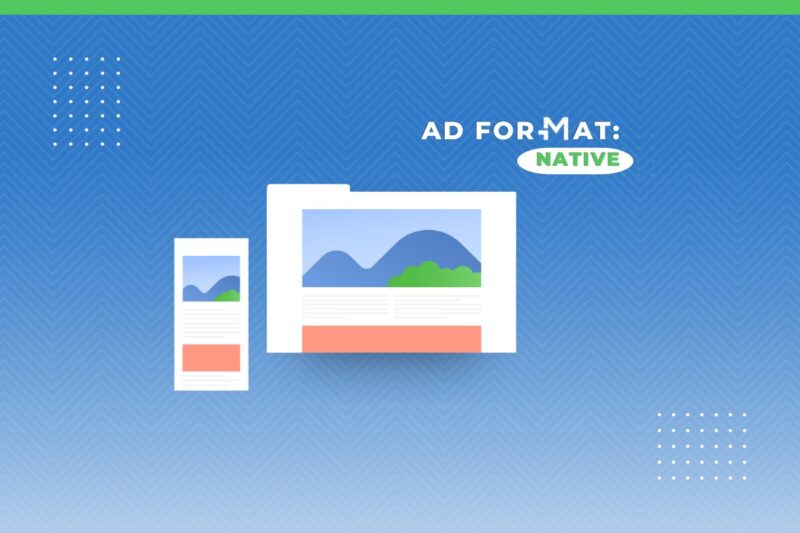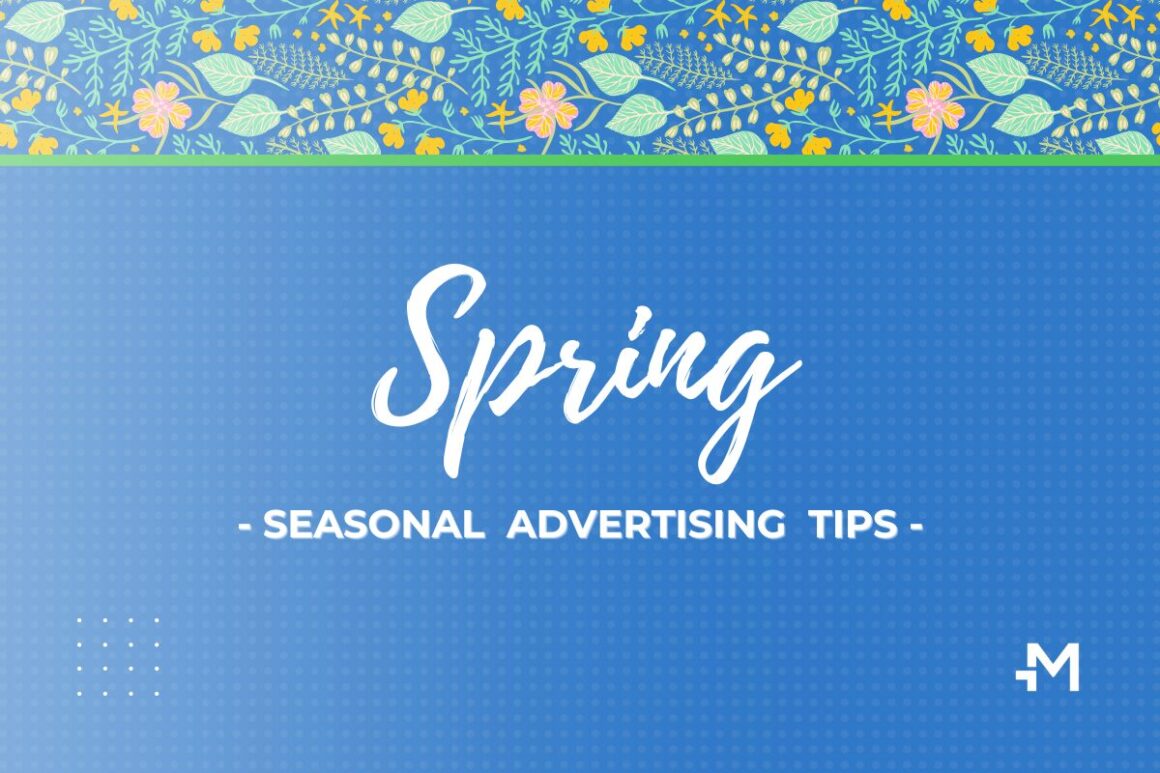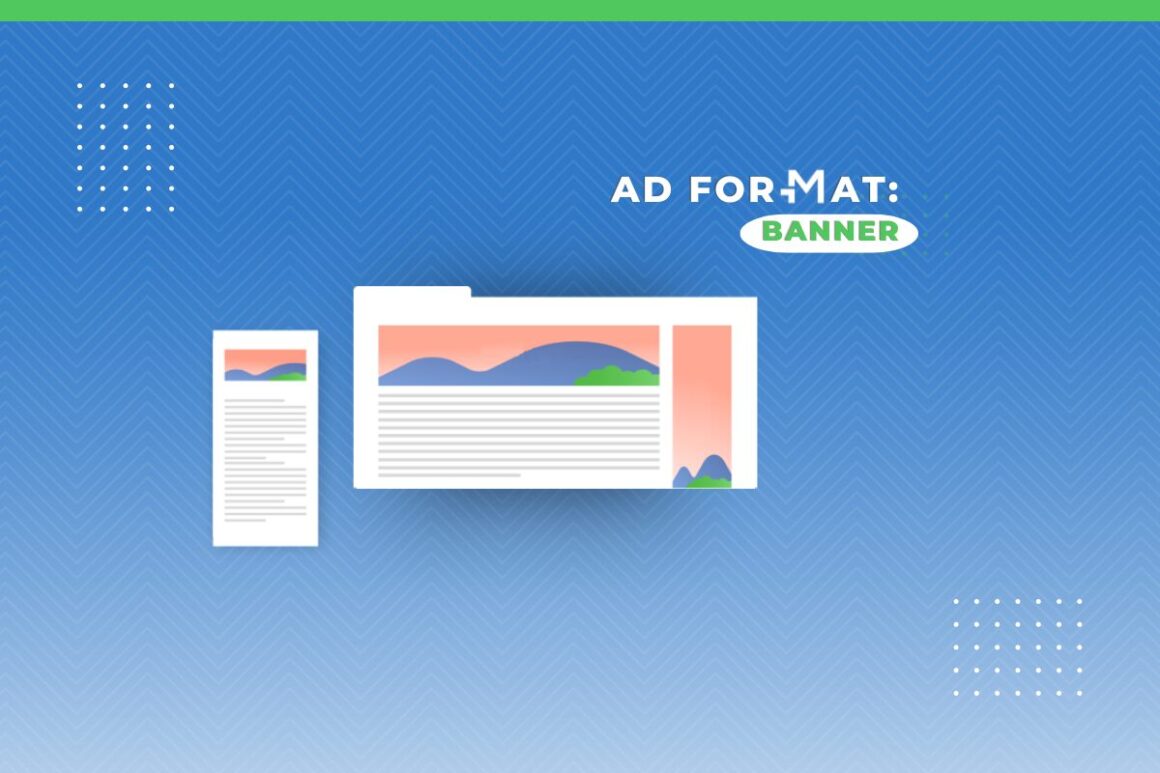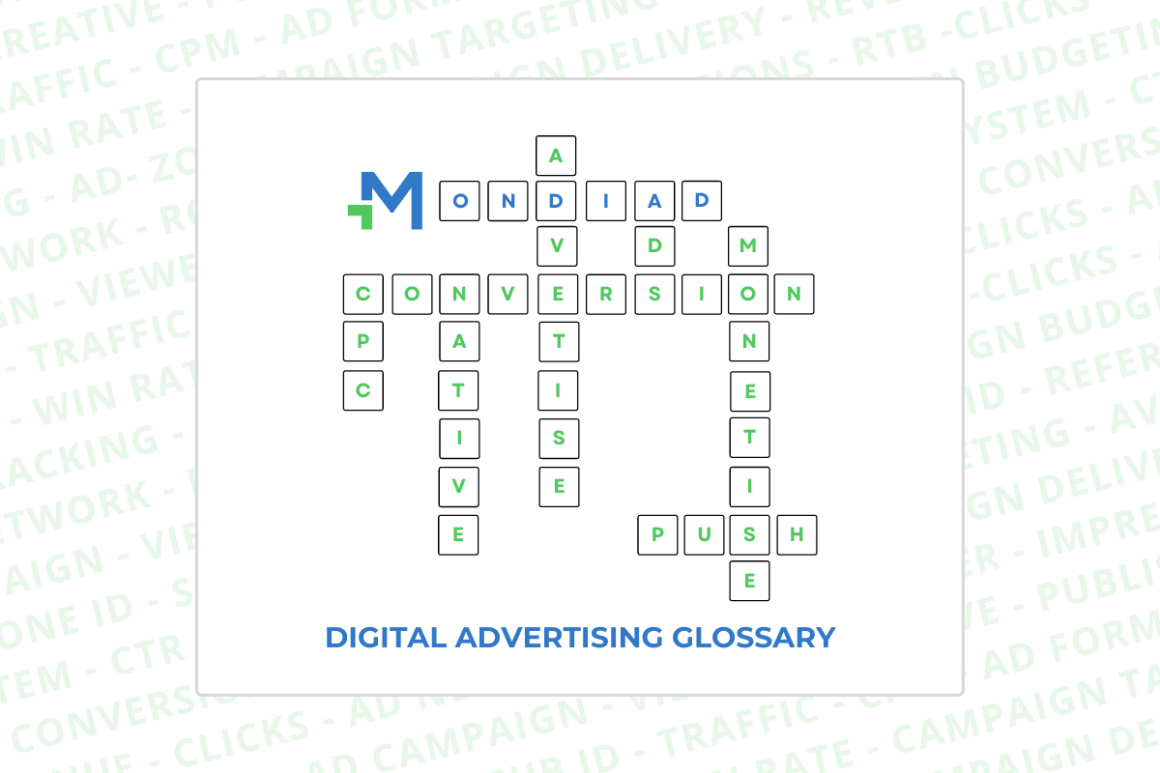Recently, we announced the launch of our latest ad format: natives. But what exactly is native advertising, and why is it garnering so much attention?
Let’s dive in and explore the compelling benefits of this modern advertising approach.
Table of Contents
What`s this buzz about?
The concept of native advertising has evolved over time, but it gained substantial momentum with the rise of digital media and the changing landscape of content consumption. Long story short, as digital advertising evolved through the years, so did customer habits. Brands wishing to promote their products on the web were faced with more difficulty in catching the attention of their target audience, as users were already bombarded daily with ads.
Enter native ads! The hype is driven by their ability to deliver more engaging, relevant, and less intrusive ad experiences, which align well with the evolving preferences of digital content consumers.
What is native advertising?
Native advertising offers a unique blend of effectiveness and subtlety.
A native ad it’s designed similarly to the organing content in between which it is placed, making it look less like an ad and more like part of the editorial content. As the name implies, the word “native” refers to this ability to match the design and function of the platform upon which it appears. This has always been the case with advertorials, the previous name for native advertising, even though they were required to display a label that said ‘Advertisement’.
When it comes to native advertising, there are three main types:
- In Feed/In Content ads: Ads that are integrated into content or social feeds and seek to blend in with original content.
- Recommendation Ads: Typically placed at the end of an article or on the side, featuring suggested content/ads for viewers.
- Branded/Native Content Ads: This type of native ad functions as unique content on a publisher’s website.
What are the benefits of native ads?
They’re non-intrusive:
The non-intrusive nature of native ads provides a better overall user experience. Instead of interrupting users with flashy banners or pop-ups, native ads offer valuable content that users are more likely to appreciate and interact with.
Blend seamlessly:
One of the most notable advantages of native advertising is its ability to blend seamlessly with the surrounding content.
They build trust:
They build trust as they are strategically placed based on the audience`s online habits and search history.
Can reach targeted audiences:
Natives reach targeted audiences. This format is more likely to be seen by the right people, increasing the chances of conversion.
Are super versatile:
They are versatile, being compatible with a wide variety of niches.
High engagement rates:
Because native ads are designed to integrate with the user experience, they typically see higher engagement rates compared to traditional ads. Users are more likely to click on content that appears organic and relevant to their interests.
Avoid ad fatigue:
Native ads mitigates ad fatigue by being less repetitive and more integrated with the content, keeping the user experience fresh and engaging.
As consumers continue to demand more relevant and less intrusive advertising, native advertising is poised to become an essential component of any effective marketing strategy.
Recommendations for native advertising!
When executed thoughtfully and strategically, native advertising can significantly enhance your brand’s visibility and engagement.
Target audiences granularly:
Before creating native ads, conduct thorough research to understand your target audience’s interests, behaviors, and preferences.
Focus on providing value:
Ensure your content provides value to the audience. It should be informative, entertaining, or useful, rather than purely promotional.
Leverage storytelling:
Use storytelling techniques to create compelling narratives that resonate with your audience on an emotional level. Include relatable characters or scenarios that your audience can identify with.
Focus on building trust:
Native advertising is a great tool to build long-term relationships with your audience by consistently providing valuable content.
Be transparent:
To avoid being deceptive and damaging your brand reputation, texts such as “promoted by” or “sponsored” may be featured within the creative, to indicate the paid promotion.
By understanding your audience, creating high-quality and relevant content, and leveraging data for continuous improvement, you can create effective native advertising campaigns that resonate with your target market and drive meaningful results.
***
Next, how about you learn how easy it is to create a native ads campaign with Mondiad? Check out this article from our Help Center.







